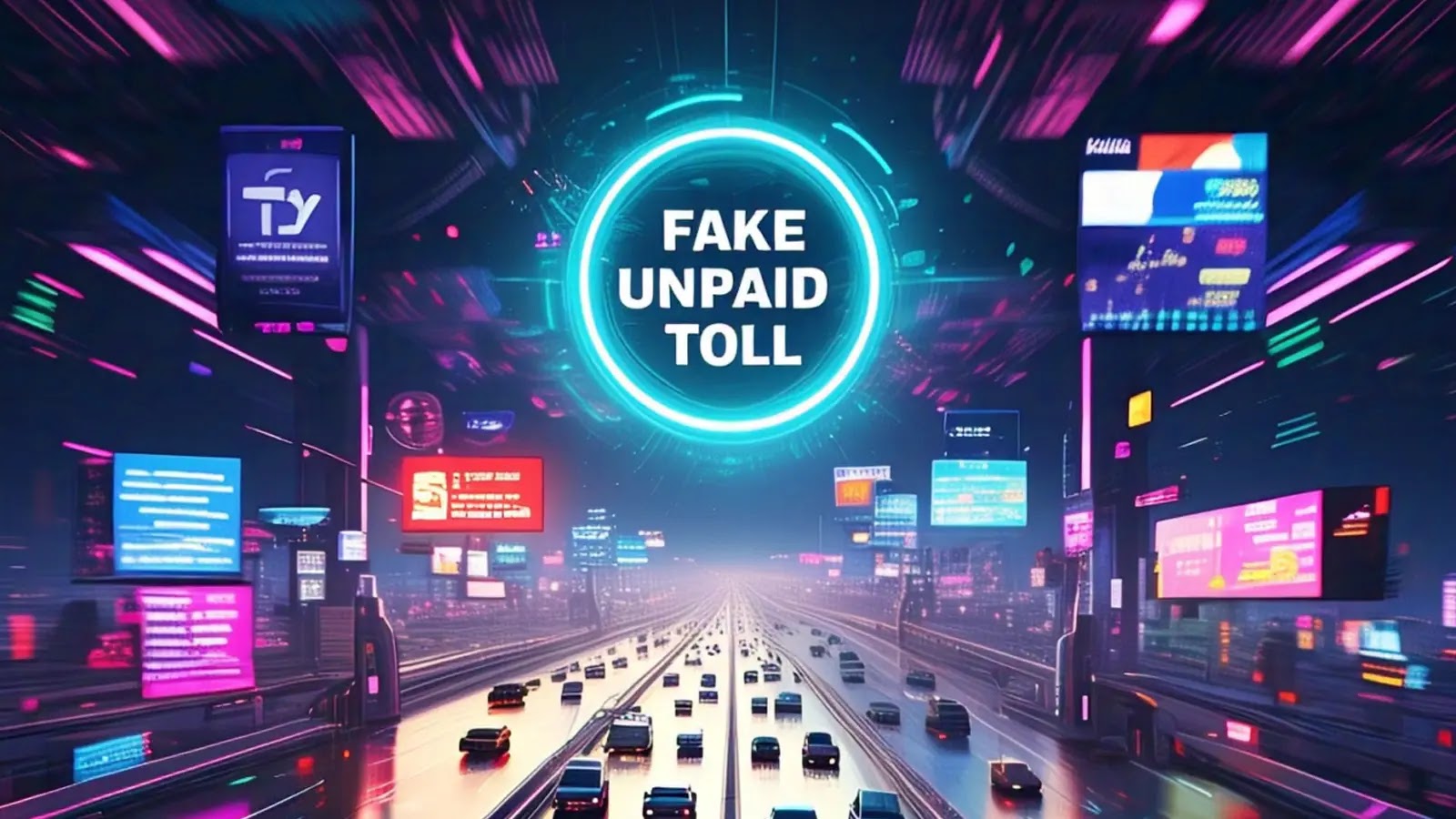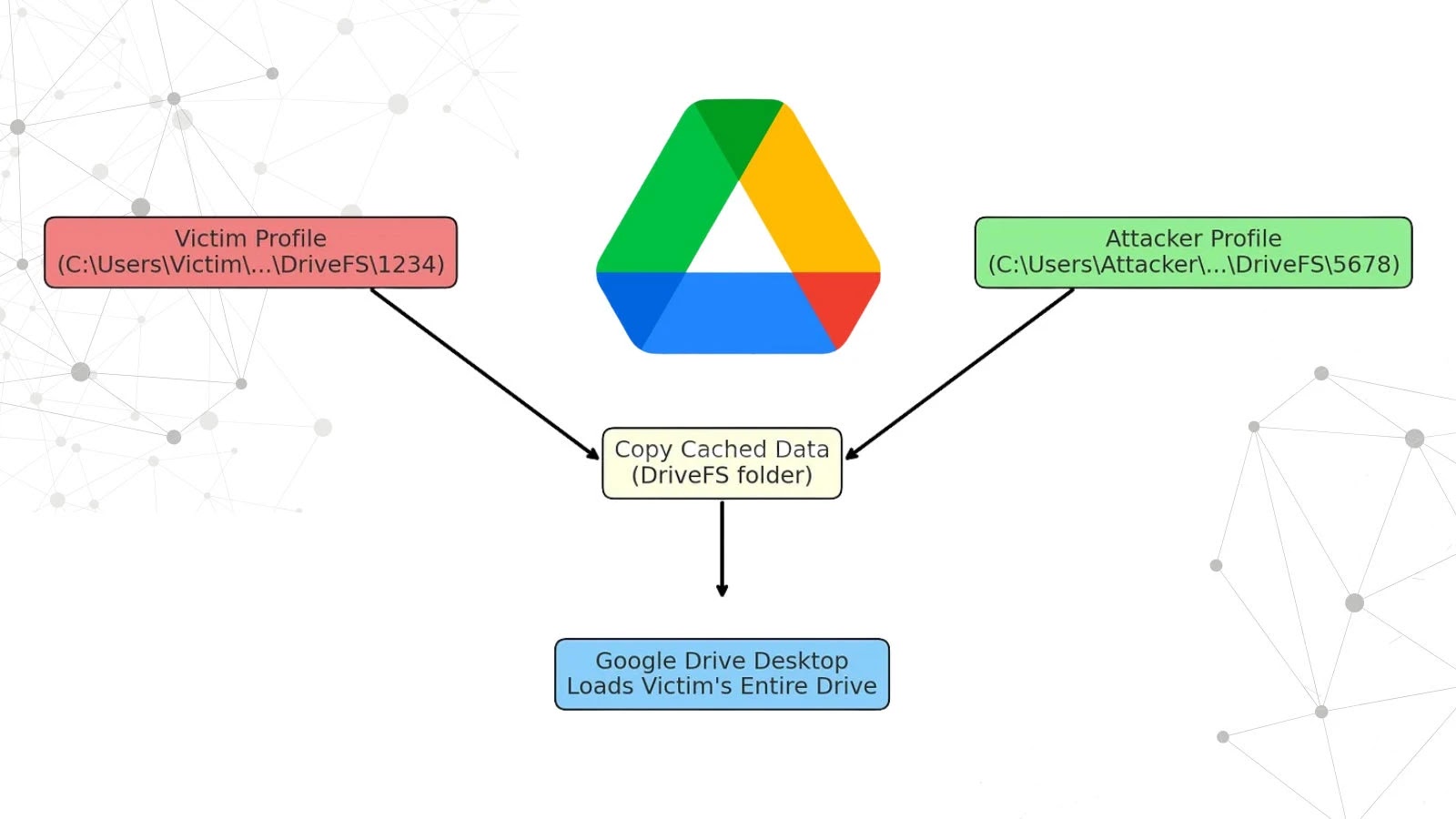In the digital age, cyber threats continue to evolve, with hackers increasingly targeting unsuspecting individuals through sophisticated phishing attacks. One common tactic involves the use of fake emails that appear to originate from legitimate companies, such as Meta, the parent organization of Facebook and Instagram. Understanding how to identify and avoid these fraudulent communications is essential for safeguarding your personal and financial information.
Phishing emails are designed to deceive recipients into believing they are legitimate. Often, they mimic official communications from well-known companies, complete with logos and seemingly valid contact information. These emails may claim that there is an urgent issue with your account, such as a security breach, and request that you provide sensitive information or click on a malicious link to resolve the problem.
The primary objective of these fake Meta emails is to trick you into divulging personal data, such as your login credentials, credit card numbers, or other sensitive information. Once obtained, hackers can use this information for various malicious purposes, including identity theft or unauthorized access to your accounts.
Recognizing the signs of phishing emails is crucial. Be wary of generic greetings like “Dear User,” which may indicate a scam. Legitimate companies typically address you by your full name. Additionally, scrutinize the email address of the sender. Hackers often use addresses that are slightly altered or look similar to the company’s official email.
Another red flag is the presence of urgent or threatening language, urging you to act immediately. Scammers use this tactic to bypass your rational decision-making process. Always take a moment to consider whether the request seems reasonable.
Hover over any links included in the email to verify their legitimacy. Often, the underlying URL will point to a suspicious or unrelated website. Never click on links or download attachments from unknown or unverified sources, as these may contain malware designed to compromise your device.
To protect yourself, always verify the legitimacy of any unexpected or unsolicited email by contacting the company directly through official channels. Do not use contact information provided in the suspicious email. Instead, visit the company’s official website to find genuine contact details.
Implementing robust cybersecurity practices can also help shield you from phishing scams. Use strong, unique passwords for each of your accounts, and consider enabling two-factor authentication for an added layer of security. Regularly update your software and antivirus programs to protect against the latest threats.
Stay informed about the latest phishing scams and techniques by following trusted cybersecurity sources. Awareness is a powerful tool in combating cybercrime. By staying vigilant and adopting preventative measures, you can significantly reduce your risk of falling victim to fake Meta emails and other phishing attacks.



